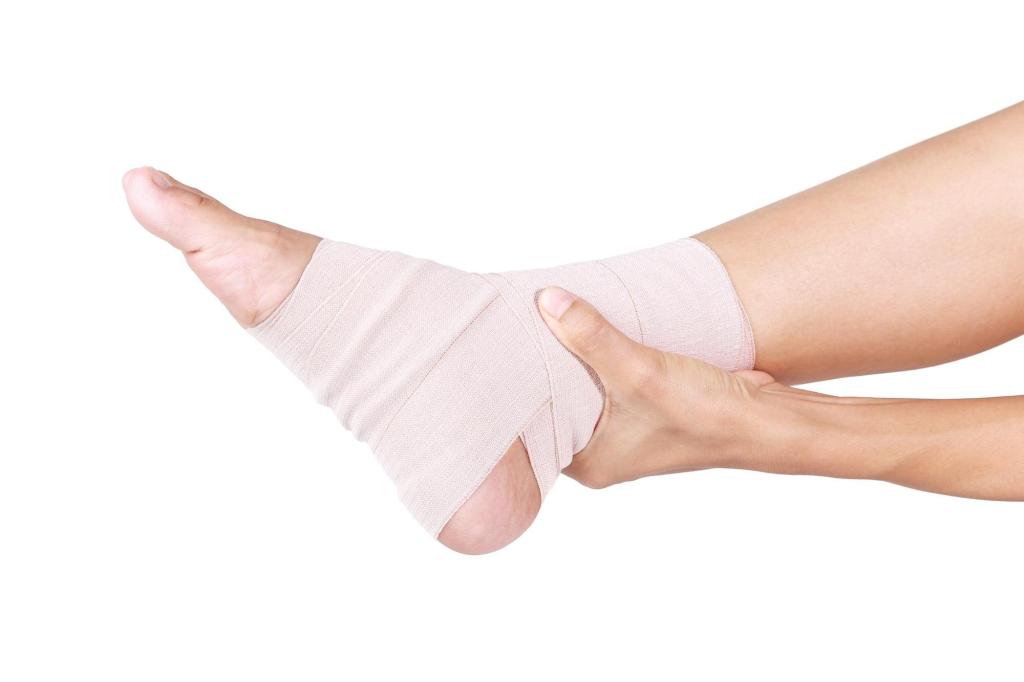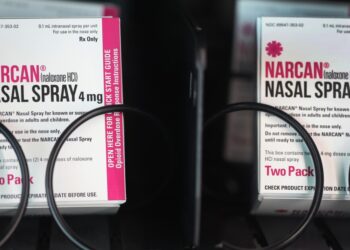By Mayo Clinic News Network (TNS)
You step off a sidewalk curb, land wrong after shooting a basketball or stumble on uneven ground. Your ankle pops, twists or crunches, and now you’re limping and sore. You may just have sprained your ankle.
An ankle sprain typically happens when you roll your ankle inward, which stretches or tears the ligaments supporting the outer part of the joint. An ankle sprain is the most common injury among athletes and active adults, but it can happen to anyone.
What to do immediately following a sprain
While common, if an ankle sprain isn’t treated properly, it can lead to chronic issues, such as ankle instability or pain, limited ability to return to sports and degenerative arthritis. Also, significant tendon or ligament injuries, cartilage damage or even fractures may be missed if a severe sprain isn’t properly evaluated.
If you’ve sprained your ankle, promptly begin following the “RICE” treatment to improve comfort, and minimize the risk of complications and long-term issues:
— Rest: Avoid any activity that causes pain in the ankle. Rest your ankle, and minimize walking for the rest of the day.
— Ice: Apply ice to the sore part of your ankle, typically for 15 minutes on and then 15 minutes off, as much as possible for the rest of the day. Continue with 15 minutes of icing three times a day until the pain and swelling subside. Don’t apply ice directly to your skin, and use a towel or cloth for protection.
— Compression: Using a compression sleeve, elastic bandage wrap or brace on the affected ankle can prevent excessive swelling, protect the area from repeated injuries and provide support. Some inflammation is needed for healing, but too much can be harmful.
— Elevation: Elevate your foot and ankle at or above the level of your heart as often as possible for the rest of the day. This will help control pain and decrease swelling.
Depending on the severity of your symptoms, for the first one to two…
Read the full article here







